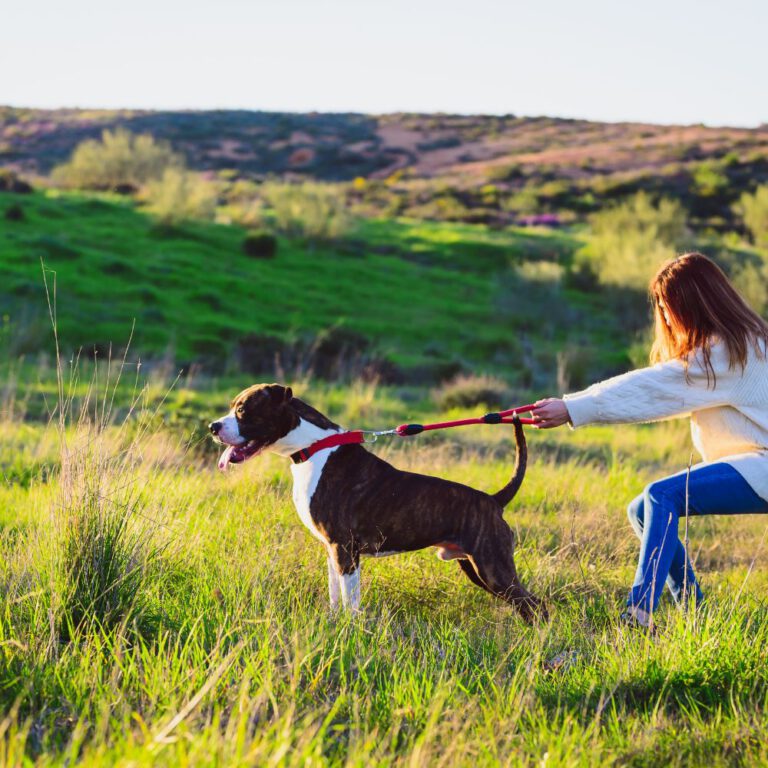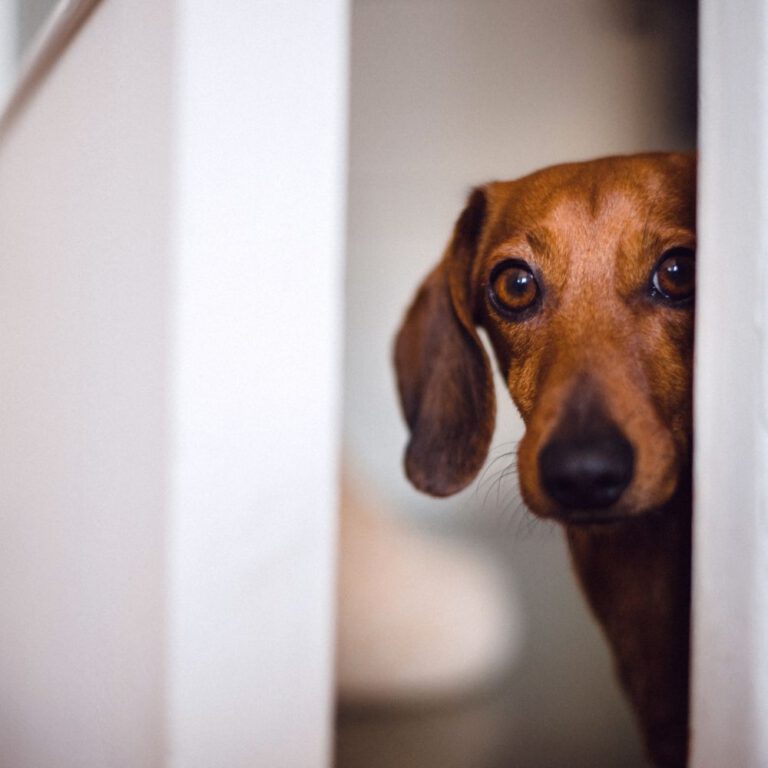Housebreaking Puppies: A Comprehensive Guide

Housebreaking a puppy is a crucial part of responsible pet ownership, ensuring a clean and comfortable living environment for both you and your furry friend. With patience, consistency, and the right techniques, you can successfully housebreak your puppy. Here’s a comprehensive guide to help you through the process.
Understand Your Puppy’s Needs
Puppies have small bladders and need to relieve themselves frequently. Understanding their schedule and signs will make housebreaking easier.
- Frequency: Puppies typically need to go potty every 1-2 hours, after eating, drinking, playing, and waking up from naps.
- Signs: Watch for signs that your puppy needs to go, such as sniffing, circling, whining, or heading towards the door.
Create a Schedule
Establishing a consistent schedule helps your puppy understand when and where they should relieve themselves.
- Regular Feeding Times: Feed your puppy at the same times each day to regulate their digestion and potty needs.
- Frequent Potty Breaks: Take your puppy outside first thing in the morning, after meals, during play sessions, and before bedtime.
- Nighttime Routine: Initially, you may need to take your puppy out once or twice during the night. Gradually, they will be able to hold it longer.
Choose a Potty Spot
Designate a specific potty spot outside to help your puppy associate that area with relieving themselves.
- Consistent Location: Always take your puppy to the same spot, so they recognize it as their potty area.
- Use a Command: Use a consistent command like “go potty” when you take them to the spot to create an association with the action.
Positive Reinforcement
Rewarding your puppy for going potty outside reinforces good behavior and encourages them to repeat it.
- Immediate Praise: Praise your puppy immediately after they finish going potty outside. Use enthusiastic praise and affection.
- Treat Rewards: Give your puppy a small, high-value treat right after they go potty outside to reinforce the positive behavior.
- Consistency: Be consistent with your praise and rewards every time your puppy goes potty outside.
Supervise and Confine
Supervision and confinement are key to preventing accidents and teaching your puppy where they should relieve themselves.
- Supervise Closely: Keep a close eye on your puppy when they are indoors. If you notice signs they need to go, take them outside immediately.
- Use a Crate: Crate training can be an effective tool for housebreaking. Puppies naturally avoid soiling their sleeping area. Make sure the crate is the right size—large enough for them to stand, turn around, and lie down, but not so large that they can use one end as a bathroom.
- Confine to a Small Area: When you can’t supervise your puppy, confine them to a small, puppy-proofed area with pee pads or a designated potty spot.
Handle Accidents Calmly
Accidents are inevitable during the housebreaking process. How you handle them can impact your puppy’s learning.
- Clean Thoroughly: Clean accidents immediately and thoroughly with an enzymatic cleaner to remove all traces of odor, preventing your puppy from returning to the same spot.
- Avoid Punishment: Never punish your puppy for accidents. This can create fear and confusion. Instead, focus on reinforcing positive behavior when they go outside.
Gradually Increase Freedom
As your puppy becomes more reliable with their potty habits, you can gradually increase their freedom in the house.
- Increase Supervision Area: Gradually allow your puppy access to more areas of the house while still supervising closely.
- Extend Time Between Breaks: Slowly increase the time between potty breaks as your puppy learns to hold it longer.
Nighttime Housebreaking
Nighttime housebreaking requires patience and consistency, but it’s an essential part of the process.
- Limit Water Before Bed: Restrict your puppy’s water intake a few hours before bedtime to reduce the need for nighttime potty breaks.
- Late-Night Break: Take your puppy out for a final potty break right before bed.
- Set an Alarm: Initially, set an alarm to take your puppy out during the night. Gradually, they will be able to hold it longer, and you can reduce the nighttime breaks.
Seek Professional Help if Needed
If you’re facing challenges with housebreaking or your puppy isn’t making progress, don’t hesitate to seek professional help.
- Veterinary Advice: Consult your veterinarian to rule out any medical issues that might be affecting your puppy’s potty habits.
- Professional Trainers: A professional dog trainer can provide personalized guidance and support, helping you and your puppy succeed in housebreaking.

Final Thoughts
Housebreaking a puppy requires patience, consistency, and positive reinforcement. By understanding your puppy’s needs, establishing a routine, and using positive reinforcement, you can successfully housebreak your puppy and enjoy a clean, comfortable home together. Remember, accidents will happen, but with persistence and the right approach, your puppy will learn where and when to go potty. Happy training!






